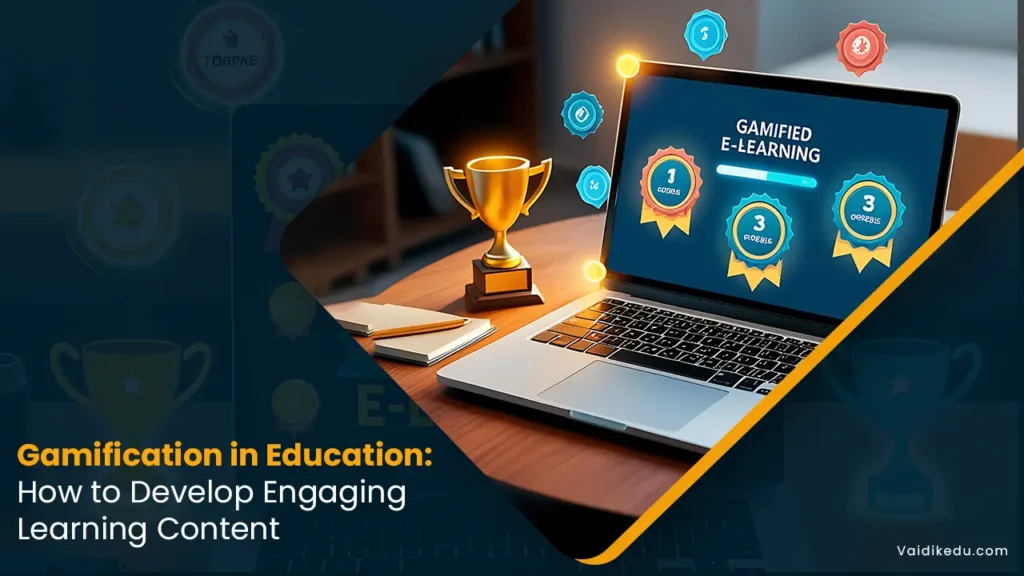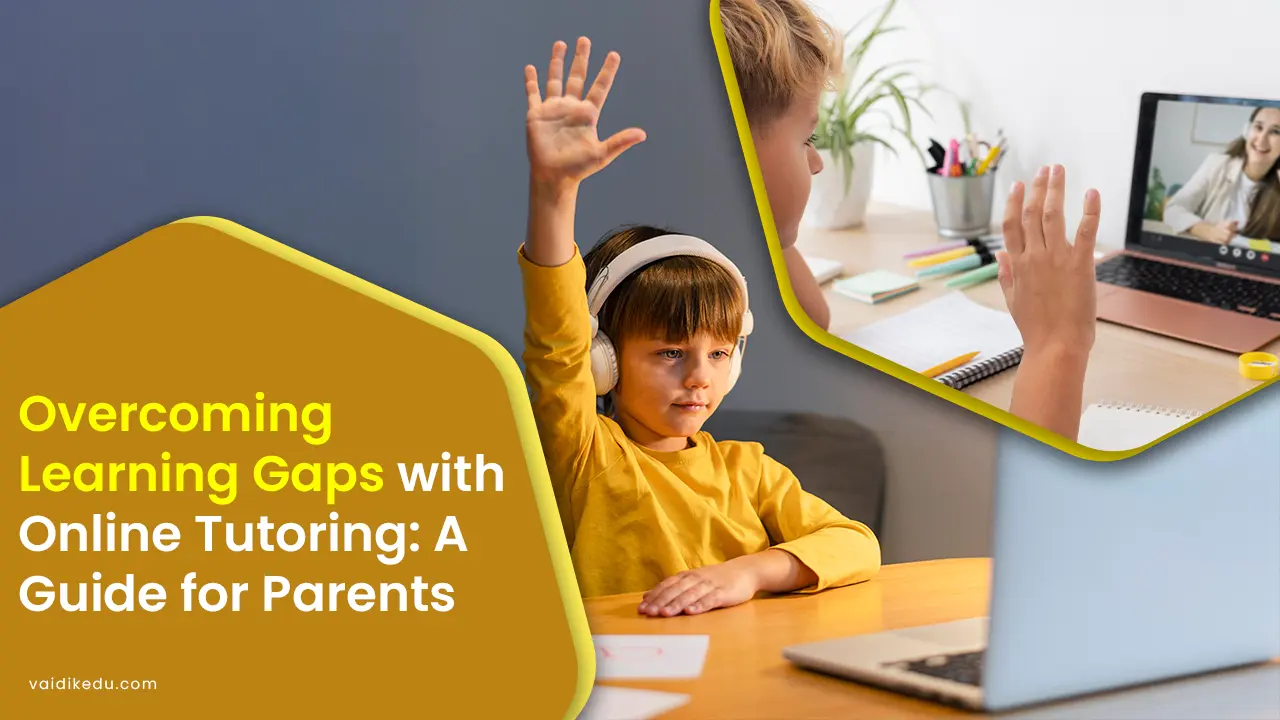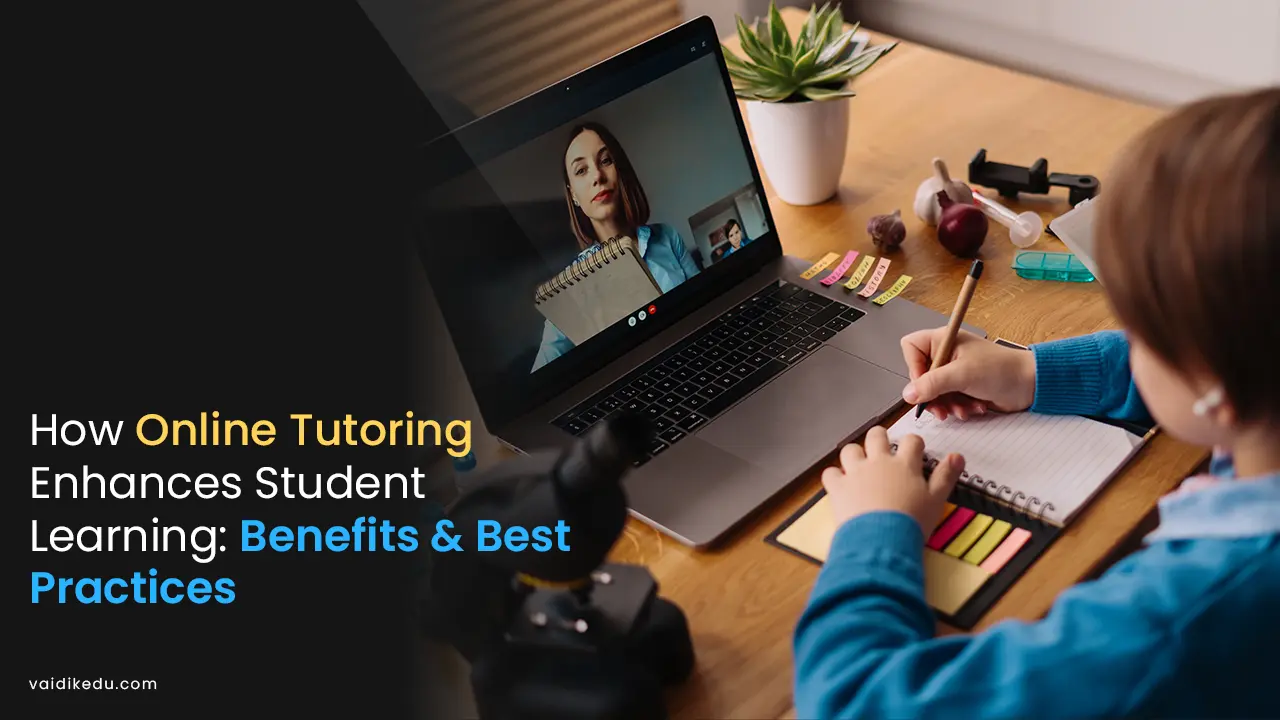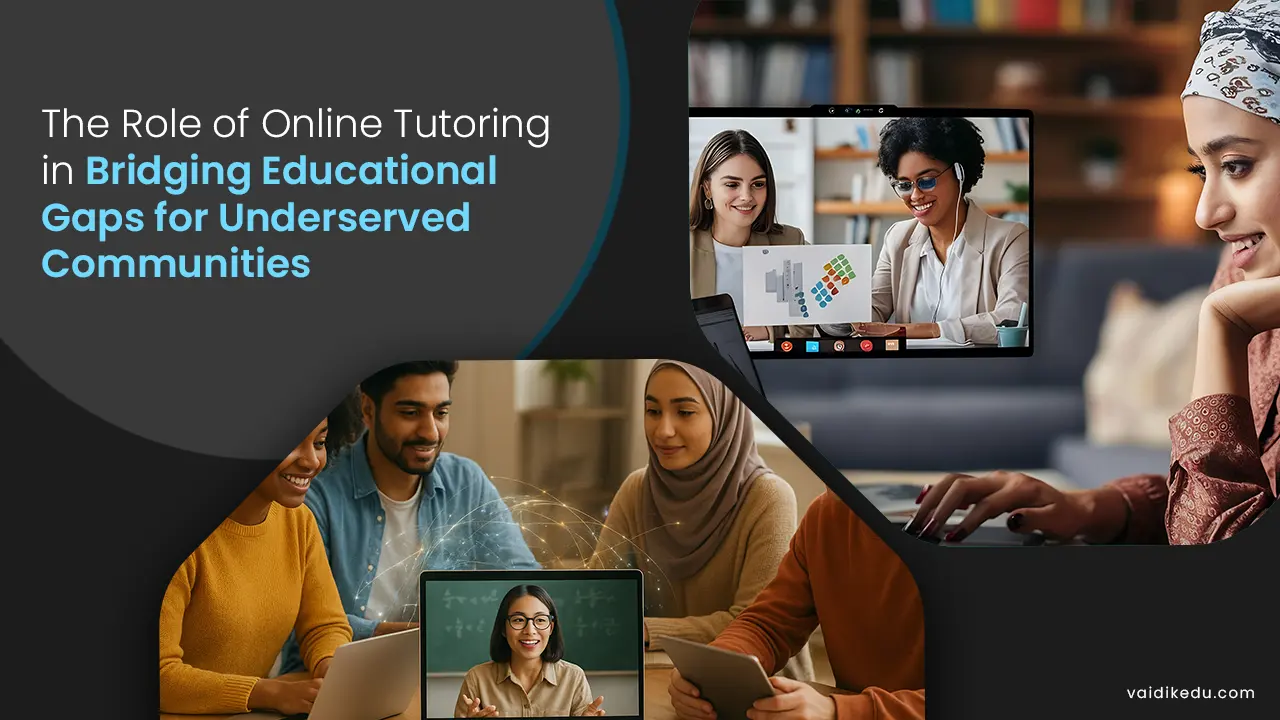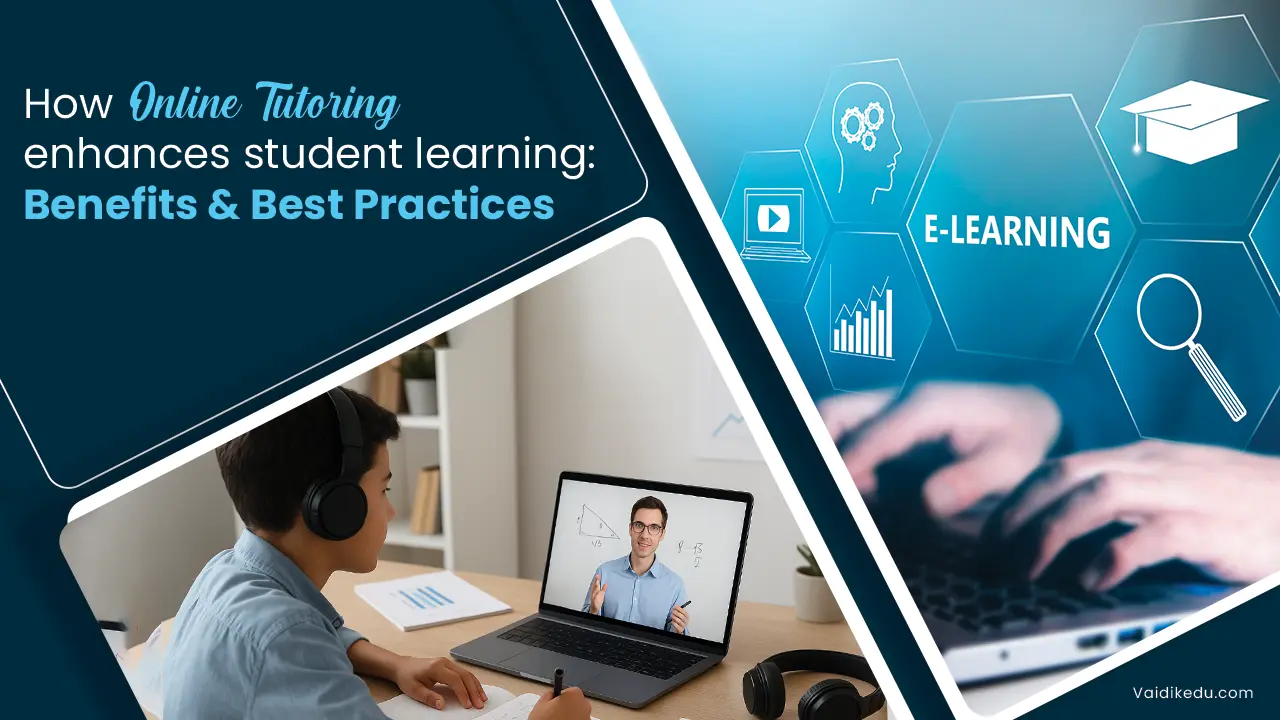Gamification has become a potent tool for education and an enhanced method of engaging children in today’s rapid world. It uses principles such as motivation, competition, and reward to transform a previously unengaging and passive experience learning into an engaging and participative one.
Gamification is not turning education into a game but instead introducing game mechanics-points, badges, leaderboards, and challenges into the learning environment. All these features enhance participation. Motivate learners and make the learning process fun. Research has found that students engaged in learning will learn better and exhibit more significant achievements.
The importance of gamification extends beyond the regular classroom to corporate training programmes, online platforms, and personal learning tools. As technology evolves, instructors and instructional designers have more gadgets to create lively, interactive, and engaging educational experiences.
Understanding The Psychology Behind Gamification:
This makes gamification successful in education commerce since it considers fundamental psychological principles that drive human behaviour, motivation and engagement. When such principles are well understood. The educational experiences developed become appealing, practical, and relevant in ensuring students’ knowledge retention and application.
1. Motivation And Engagement in Learning: Gamification is motivation, and students will relate differently to educational content. There are two primary forms of motivation.
- Intrinsic Motivation- Learning based on personal interest, curiosity, or the satisfaction of mastering something new. It is what gamification fosters: creating challenges, exploration opportunities, and meaningful achievements.
- Extrinsic Motivation- The motivation for extrinsic rewards such as points, badges, leaderboards, or certificates. While extrinsic rewards might be more effective for building engagement, they work best when combined with intrinsic motivation.
Example: A student may begin using a gamified quiz because the reward motivates them initially, but the experience and sense of progression over time become enjoyable for intrinsic reasons.
2. The Dopamine Connection: Game elements activate the brain’s reward system and stimulate dopamine release, which is associated with pleasure and drive. Once the student overcomes a challenge, earns a badge, or unlocks a new level, dopamine is released into the released brain, enhancing positive behaviours and motivating them to continue doing what they just did.
In an Educational Setting:
- Small frequent rewards such as instant feedback unlock content.
- Tracking progress (for example, levelling up, progress bars) builds anticipation and motivation.
- Interactive learning (quizzes, role-playing) maintains engagement by making students feel in control.
3. Social Influence and Competition: Gamification will often use leaderboards, team challenges, or peer recognition and will capitalise on social psychology concepts:
- Social Comparison: Viewing one’s peers on a leaderboard could motivate them to improve.
- Collaboration & Teamwork: Multiplayer or cooperative learning games encourage learning between peers and teamwork.
- Recognition And Status: Achievements and badges provide social validation, motivating students to achieve even more.
Example: Duolingo’s streak feature and weekly leaderboards create friendly competition, motivating learners to practice daily.
4. Instant Feedback And Learning Consolidation: Whereas traditional learning, such as graded tests, delivers delayed feedback, gamification gives instant feedback, which is essential for learning.
Positive Reinforcement: Reinforces the effort made by the learner (e.g., “Good! You get 10 points!”).
Error Correction provides students with immediate knowledge of what they got wrong and why (e.g., “Try again! Hint: The correct answer relates to X”). Adaptive Learning adapts the difficulty to ensure mastery before proceeding. For instance, a gamified math application offers hints after a wrong answer instead of penalising mistakes.
Steps To Develop Engaging Gamified Learning Content:
Effective gamified learning content design requires strategically balancing educational goals with engaging mechanics. Here are the steps to design compelling gamified content that promotes high student motivation and good learning outcomes.
1. Define Learning Objectives And Goals: before embedding game elements, define the outcomes you want the students to obtain. Ask yourselves:
- What knowledge or skills should learners achieve?
- How can gamification reinforce understanding and retain it?
- What will be considered success, and how will students be measured? For example, will assessments or progress tracking be used?
For example, a vocabulary app might design a word-matching challenge to improve vocabulary in an increasingly tricky English class.
2. Game Elements: Gamification elements appropriate to your purpose and target users’ needs may include the following:
- Points and Rewards: Increase participation by receiving points for completing quizzes.
- Badges and Achievements: Recognize their progress and mastery.
- Leaderboards: Increase competition and social learning.
- Levels and Progress Bars: Give students an idea of their journey.
- Challenges and Quests: Provide a challenge that promotes problem-solving and exploration.
- Storytelling and Narrative: Immerses learners in an experience.
Example: History class can turn into an interactive quest where, by completing specific challenges, the students unlock new historical periods.
3. Content Creation For Interaction And Immersion: ensure the learning content is engaging, interactive, and related to the game. Include:
- Multimedia Elements: Video, animation, and simulation.
- Scenario-Based Learning: Challenge real-life scenarios.
- Interactive Exercises: Use quizzes, drag-and-drop exercises, or role-playing simulations.
Instead of a traditional geography lesson, you could use a virtual map exploration game where students “travel” to different countries and learn about their cultures.
4. Storytelling And Narration: A compelling narrative can enhance emotional involvement and incentive. Plan learning around a storyline in which students are activated participants.
- Design the missions and characters for your learners to engage with the content.
- Present challenges or conflicts that have to be overcome by learning.
- Provide personal choices to make them invest in the experience.
Example: Use a “Save the Planet” storyline for science, where the students use their knowledge to solve different problems to save the environment.
5. Implement Feedback And Assessment Mechanisms: Provide immediate feedback so employees can monitor their learning process and improvement.
- Instant Feedback: Tell them if it is correct or incorrect.
- Hint Systems: Nudge your students towards the correct answer without frustrating them.
- Adaptive Learning Paths: Difficulty adjusts based on performance.
Example: A math game may give step-by-step explanations following incorrect answers to reinforce learning rather than penalise learning.
6. Accessible and user-friendly design: A gamified learning experience should be easy to navigate for a diverse audience of learners.
- Simple UI and intuitive design for all skill levels.
- Flexibility: Support for being mobile-friendly and multi-platform.
- Inclusive Features such as text-to-speech and colour contrast adjustment for the visually impaired.
For example, it should be an application accessible on desktop and mobile so students can learn wherever and whenever they want to.
7. Test and Refine the Gamified Experience: pilot your gamified content with a small group of learners before deployment to achieve the following:
- Detecting technical or engagement issues.
- Gather feedback about difficulty levels and game mechanics
- Adjust to perfect the user experience
Example: When students find a challenge too complicated, give them hints or make difficulty adjustments to help them stay engaged.
8. Foster collaboration and social learning: social interaction increases learning through peer engagement and teamwork.
- Team-Based Challenges Build Collaboration.
- Knowledge sharing with discussion forums and chat features.
- Peer Competitions create healthy motivation.
For example, a literature class may have a group storytelling challenge in which the students’ contributions become an evolving story.
Following the above steps can help educators and instructional designers create gamified learning experiences that motivate, engage, and retain knowledge. The most important thing is to find the right balance between fun and educational value so that gamification enhances learning without distracting it.
Frequently Asked Questions
Education gamification uses game-like elements, such as points, badges, leaderboards, challenges, and storytelling, to boost student engagement and motivation and enhance learning outcomes.
The gamification engages students by enhancing the interaction through intrinsic and extrinsic motivation with instant feedback for rewards, introduction of challenges in progress, etc.
Yes! Gamification is suitable for any subject and for all ages, including early education, higher education, and corporate training. The key is to match the game mechanics to the learner’s needs and educational objectives.



